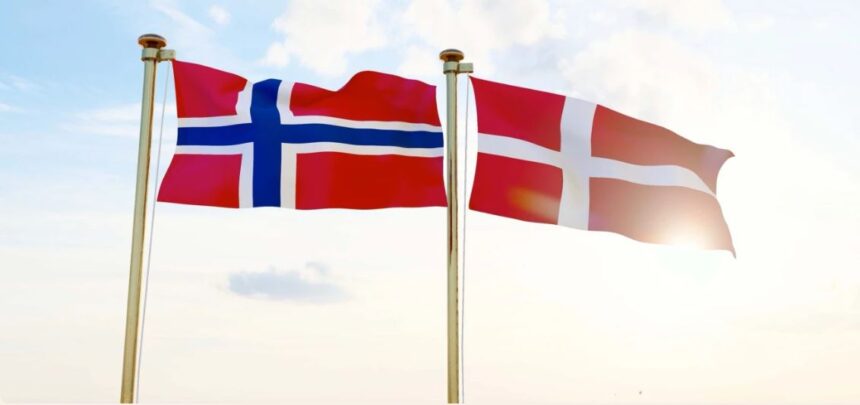Denmark: Siltanews – News Desk
Local politicians in southern Norway have urged the government not to renew the country’s two oldest power links to Denmark in a bid to reduce local power prices.
“We are not opposed to the power cables as such, but the consequence [they have for local power prices in southern Norway],” Mathias Bernander, mayor of Kristiansand from the Conservative party, told Montel.
The Skagerrak 1 and 2 links (500 MW) were commissioned in 1976 and 1977 respectively and will reach the end of their technical lifetimes in 2026 and 2027.
Norwegian TSO Statnett and Danish TSO Energinet are currently investigating what to do with the cables. One alternative is to replace them with new cables, which requires government approval in both countries.
But any such application will face resistance from consumers in southern Norway who blame high export capacity for them having the highest power prices in Norway.
The Nordic nation is divided into five bidding zones, where average spot prices so far this year vary from EUR 48.80/MWh in the southern and southwestern NO2 zone to EUR 24.93/MWh in the northern NO4 zone.
“The price difference is unfair. Our region produces a lot of electricity, but we have the highest prices due to price impact from abroad,” said Bernander, adding that a reduction in export capacity may be necessary if the government failed to introduce policies to compensate for the price difference.
Mayors from several other municipalities in southern Norway also reject a renewal of the cables for similar reasons, reported local newspaper Faedrelandsvennen on Wednesday.
Norway currently has 9 GW of exchange capacity with neighbouring countries, of which 5.1 GW is connected via the NO2 zone to Denmark, Germany, the Netherlands and the UK.
Energy minister Terje Aasland of the Labour party told Montel he understood the mayors’ frustration, but that the government would not make any decision on renewal before they had received an application from Statnett.
“We need to have a power exchange that supports the Norwegian power system. Right now, it is hard to tell how that will play out with a renewal [of the cables], but this is what Statnett will investigate,” he said.
Statnett CEO Elisabeth Vike Vardheim told Montel the two cables had reached an age where the risk of failure increased considerably, but it had yet to conclude on whether it would apply for a replacement.
Statnett was also working on other grid measures it hoped would reduce Norway’s internal price differences internally, she said.

